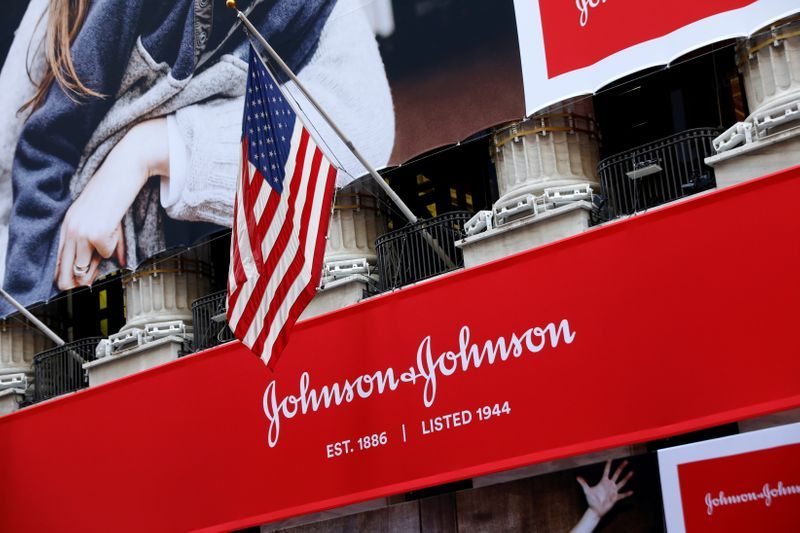Let’s talk about the pharmaceutical scene, where companies like Merck are making notable progress after the expiration of Keytruda’s patent. According to Merck’s CEO, Robert Davis, they’re aiming for over $20 billion in oncology drug sales by the mid-2030s, doubling their forecast from last year. This positive outlook includes exciting developments like three antibody-drug conjugates from their deal with Daiichi Sankyo and a promising cancer vaccine developed in collaboration with Moderna.
On the flip side, Bristol Myers Squibb faced some challenges in 2023 as their new drugs took a bit longer to gain traction. However, JPMorgan sees potential growth for them, driven by recent acquisitions and a robust mid- to late-stage pipeline. Johnson & Johnson is also viewed optimistically post the patent expiration of Stelara, with an expected mid-single digit sales growth in their pharmaceutical business until 2030.
Now, these pharmaceutical giants are adopting strategic moves to navigate the tricky waters of patent cliffs. Merck, for instance, is exploring a more user-friendly version of Keytruda that might come with its own separate patent, potentially extending its market exclusivity. Bristol Myers Squibb is testing a new form of Opdivo, and Johnson & Johnson is settling biosimilar lawsuits for Stelara, all in an effort to maximize revenue before facing increased competition.
However, looming in the background are Medicare’s drug price negotiations, posing a potential challenge. While lower negotiated prices might impact generic competitors post-2026, the real threat remains the entry of new players into the market.
In this complex landscape, pharmaceutical companies are fortifying their positions through acquisitions and innovative solutions. With a hefty $1.4 trillion available for strategic deals, the industry is gearing up for a dynamic future, ensuring sustained growth despite patent challenges and the ever-evolving market dynamics.















































